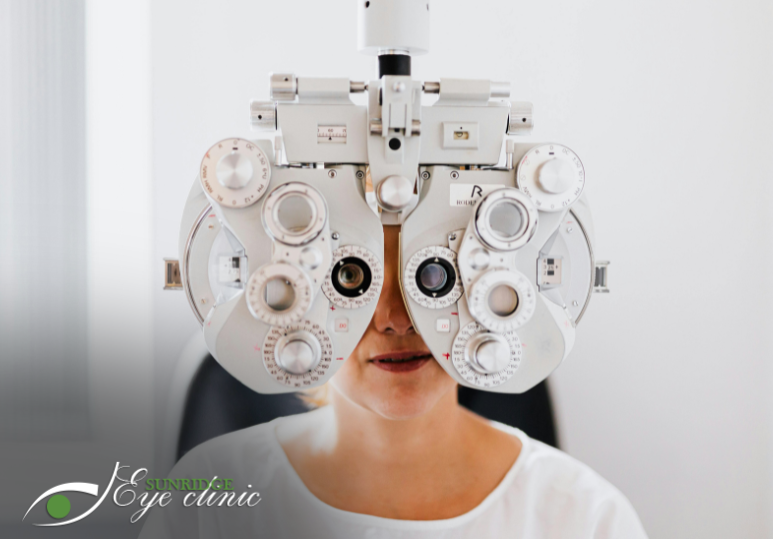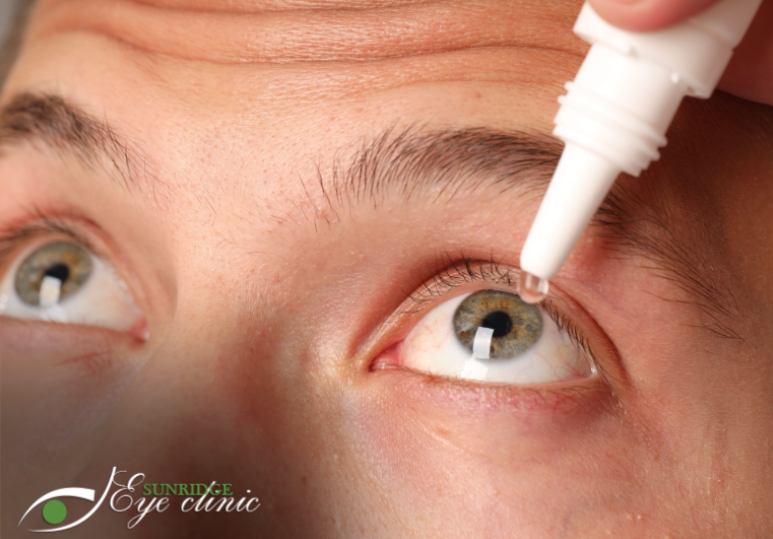What is Amblyopia?
More commonly referred to as lazy eye, is decreased vision in one or both eyes due to the abnormal development of vision during infancy or childhood. It is the leading cause of vision loss among children and occurs because nerve pathways between the brain and the eye aren’t properly stimulated.
What causes Amblyopia?
A lazy eye develops because of abnormal visual experiences early on in life that alter nerve pathways between the retina and the brain. If left untreated, the ability of the eyes to work together decreases and the brain suppresses or ignores input from the weaker eye. Common causes include:
- Muscle imbalance - The imbalance of the muscles that position the eyes can cause one eye to cross in or turn out, preventing the eyes from working together in a coordinated way.
- Deprivation - Any problem with one eye can deprive a child clear vision in that eye and requires immediate attention to prevent vision loss.
- Difference in sharpness of vision - A significant difference in the prescription of each eye can result in a lazy eye.
Risk factors
Factors associated with an increased risk of developing lazy eye include:
- Premature birth
- Small size at birth
- Family history
- Developmental disabilities
How can Amblyopia be diagnosed?
Our qualified optometrists can conduct a thorough eye exam checking for:
- Eye health
- Wandering eye
- A difference in vision between the eyes
- Poor vision in one or both eyes
How can Amblyopia be treated?
It is important to start the treatment of lazy eye as soon as possible during childhood. The treatment options depend on the cause of the lazy eye and the severity of the condition. Some options include:
- Corrective Eye-wear - This includes eyeglasses and contact lenses to correct any refractive errors such as nearsightedness, farsightedness or astigmatism which may lead to the development of lazy eye.
- Eye Patches - To stimulate the weaker eye, your child may need to wear an eye patch over their dominant eye for a few hours a day.
- Eye drops - To temporarily blur vision in the dominant eye and encourage your child to use their weaker one.
- Surgery - If your child’s eyes cross or wander apart, surgical repair to the eye muscles can improve vision.





